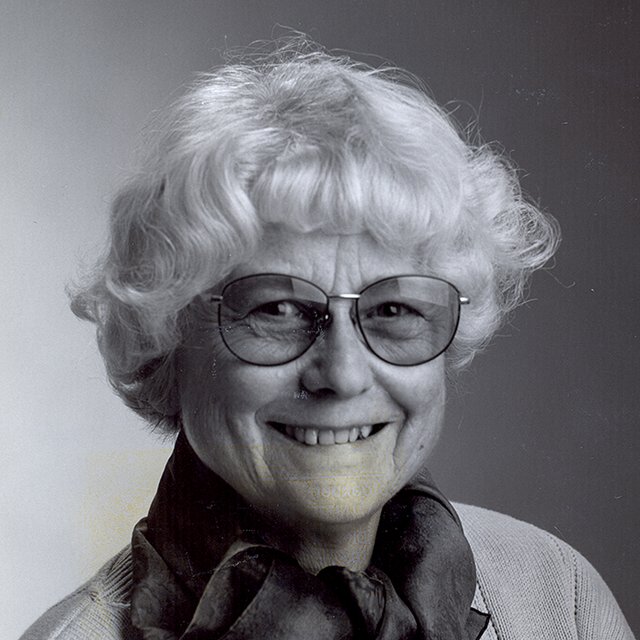The Starveling (Hungerbarnet)
- Cecil Bødker (1923 - 2020 )
Introduction to:
The Starveling
Published 1990, 164 pages
Cecil Bødker’s novel The Starveling addresses several time periods. It was published in 1978 as a modern view of children as independent beings. Meanwhile it draws from times gone by of rural life, shepherd boys, and small landholders. The third time period it reflects is the present day, as it unmasks power, class and preconceptions about motherhood. It is no exaggeration to speak of The Starveling as a modern literary classic.
This is also evident when we look more closely at the storytelling. The young characters’ experiences, which are universal, regardless of where on earth and when in history they happen to live, are described with great precision and insight. For example: “Everything became so insurmountable when an adult was crying.” A child’s own tears may be quite sad, but if an adult nearby starts to cry, the feeling turns to despair.
There are several archetypes evident in The Starveling. First is the orphan, represented by the girl, Tinka. Cecil Bødker invented original names for her characters similar to Astrid Lindgren. Tinka emerges from the woods, where she has survived like an animal. When the shepherd boy Larus meets her, she is covered with filth and smells horrendous. The Starveling is written with piqued senses.
The monster archetype is also present in The Starveling. In this case the monster is reminiscent of Lennie from Mice and Men or King Kong. His name is Hartad, the adult son who lives with his parents and sleeps in their barn under a horse blanket. Is he someone to fear? Tinka isn’t afraid; she snuggles up to him at night. And during the day, she shows him motherly love by playing with him the games her own mother once played with her. Tinka’s mother was born to a wealthy farmer, but she ran off with a day-laborer. Eventually she buried her dead husband in the woods before she died too, leaving Tinka alone with two chickens.
The Starveling raises questions about what a family consists of and the meaning of motherhood. Hartad’s mother had no other children than Hartad, and when her new spindly shepherd boy brings the orphan Tinka home with him, she longs for Tinka to form a bond with her. And although the reader might presume a happy ending, this is not Hollywood.
The farmer’s wife is too hovering, and Tinka is anti-authoritative; she will not belong to anyone. She knows her own mind, and she knows her roots. Even though they put a pretty dress on her, she will never be a farmer’s daughter. As she explains to Larus, she carries what is real inside herself. She knows she will always be the girl from the woods who slept with the chickens as her mother lay dead and slowly rotting in bed. In her own quiet and stubborn way, Tinka demands of her new mother that she accept Tinka, the starveling, exactly as she is, including the story of inequality, poverty and hunger.
Kamila Löfström, critic at the newspaper Information

AUTHOR:
Cecil Bødker (1923 - 2020)
BOOK:
The Starveling (Hungerbarnet)
Gyldendal Publishing
Published 1990, 164 pages
TRANSLATED TO:
Faroese and Swedish
FOREIGN RIGHTS:
Jenny Thor
Cecil Bødker
In 1948 she qualified as a silversmith and spent 3 years working at the Georg Jensen silversmith workshop in Copenhagen. Bødker published her first book, a poetry collection entitled Luseblomster, in 1955, and has since written novels, short stories, children’s books, radio and theatre plays.